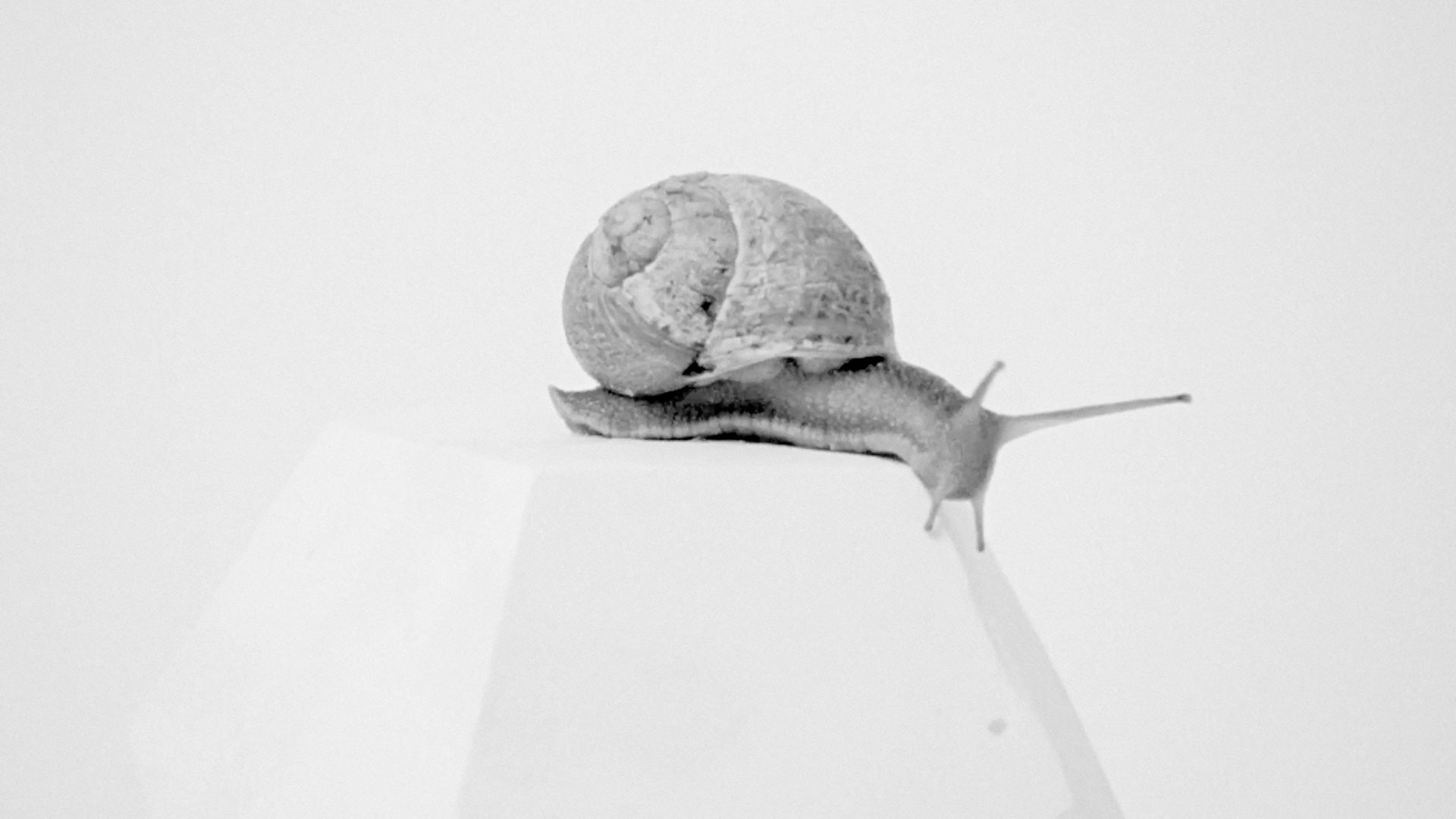
Event
Way of the World – Works from Jenny and Antti Wihuri Foundation Collection
Organized by Rovaniemen taidemuseo
About
The exhibition exists in liminal spaces and reaches for glimpses of the invisible – without forgetting humour. The world and reality around us are brought to light from different points of view and various interpretations. Many of the works question whether our human-centric worldview is the right one.
Organized by:
Rovaniemen taidemuseo
Website
If you have any questions of the event, please contact the event organizer
